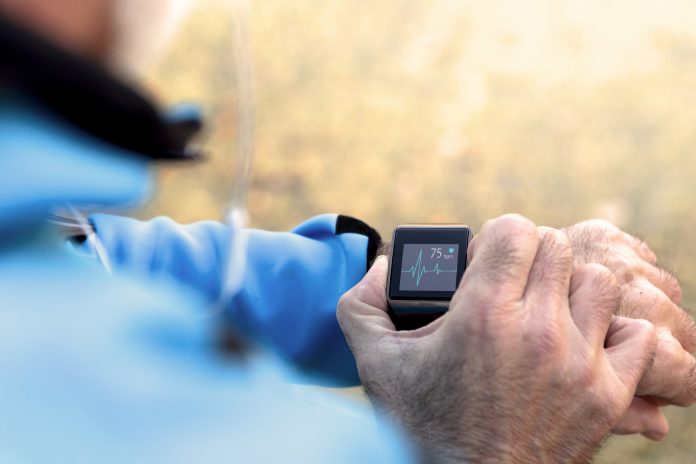
Wearable devices could help personalize rehabilitation after surgery, with a clinical trial showing that they can help postoperative recovery in patients with lung cancer.
The study, reported in the journal JAMA Network Open, shows how data collected from wearable devices can be incorporated into clinical care.
A peri-operative exercise program with personalized activity monitoring improved post-operative physical activity and patient-reported outcomes after lung cancer surgery compared with standard care.
“This finding supports the development of personalized exercise regimens with wearable devices, advocating for their inclusion in comprehensive perioperative rehabilitation programs,” reported Junghee Lee, PhD, from Sungkyunkwan University School of Medicine in Seoul, and colleagues.
Cardiopulmonary function generally improves over time after surgical resection for early-stage non-small cell lung cancer (NSCLC), but it does not return to its former level by six months for around a quarter of patients.
Physical activity shortly after surgery helps predict recovery, so aerobic exercise and other interventions are particularly important in the postoperative period.
Noting the benefits of home-based training versus supervised, facility-based activity in terms of flexibility and convenience, the researchers studied the impact of wearable devices over usual care in NSCLC patients after surgery.
In a nonrandomized trial, they assigned 74 patients, with a mean age of 60.4 years, to wear a Fitbit Versa and 120 others, with a mean age of 60.2 years, to receive usual care.
Each patient in the intervention group received a multifaceted exercise program that was personalized based on a baseline fitness test.
The routine included a five-minute warm-up, 30 to 90 minutes of endurance training, respiratory muscle training with an inspirometer, and a five-minute cool-down five days per week. An exercise physiologist counselled these patients in weekly or biweekly telephone calls, using web-based data from the intervention device.
The control participants received only usual care, which comprised inspiratory exercises using an incentive spirometer and walking exercises.
The primary outcome was cardiopulmonary function, and the co–primary outcome was physical activity at 6 months after surgery, assessed by the distance walked in six minutes and the number of daily steps.
Two weeks after surgery, patients with the wearables had a smaller decrease from baseline in their number of daily steps compared with participants who did not have these devices (-1753 vs. -4877).
By six months, patients with wearables had a greater average daily step count compared with others (12,321 vs. 10,118) and increased their daily steps by 2220 on average from baseline while those without the devices did not generally return to their baseline step number.
Patients with wearables also spent twice the amount of time on vigorous physical activity than those without such devices at two weeks and six months after surgery.
They also reported greater physical function and lower pain at two weeks after surgery, and lower dyspnea both at two weeks and six months after surgery. However, functional exercise capacity assessed by the six-minute walk test was unaffected by the intervention.
In an editorial accompanying the study, Julie Tsu-Yu Wu, PhD, and Shipra Arya, PhD, from the VA Palo Alto Healthcare System noted that the intervention included support from exercise physiologists and weekly phone calls, which prompts questions about the need for cognitive behavioral approaches to augment wearable device feedback into patient care.
“Should feedback be delivered through machine-based systems or human interactions, like weekly check-ins with a coach or physiologist?” they asked.
“Additionally, patient preferences for receiving feedback, whether via text messages or telephone calls, and whether these should be scheduled or on-demand, need consideration.
“Addressing these questions can help define how wearables complement other components of patient care, making sure they align with patient goals and preferences.”





